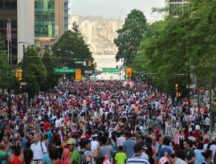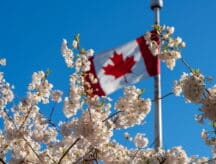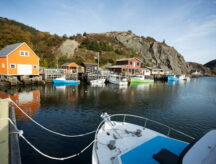4 Highlights from Canada’s 2020 Annual Report to Parliament on Immigration
Last week, Canada's government released the Annual Report to Parliament on Immigration 2020.
This report is released to provide Parliament and the public with an overview of the latest immigration developments in Canada. It is released alongside Canada's Immigration Levels Plan.
With Canada aiming to welcome over 400,000 immigrants annually under its 2021-2023 Immigration Levels Plan, the annual report sheds some additional light on how the federal government aims to achieve its ambitious new immigration targets.
Here are four highlights from the report.
1) Canada welcomed over 1 million newcomers in 2019
Canada welcomed over 1 million immigrants and study and work permit holders combined in 2019. Over 341,000 newcomers arrived as permanent residents. Over 400,000 obtained study permits. An additional 400,000 obtained work permits.
This serves as a reminder that most of Canada's newcomers do not arrive as permanent residents, but rather on a temporary basis.
However, Canada's permanent resident admissions will now play catch up thanks to the 2021-2023 Immigration Levels Plan.
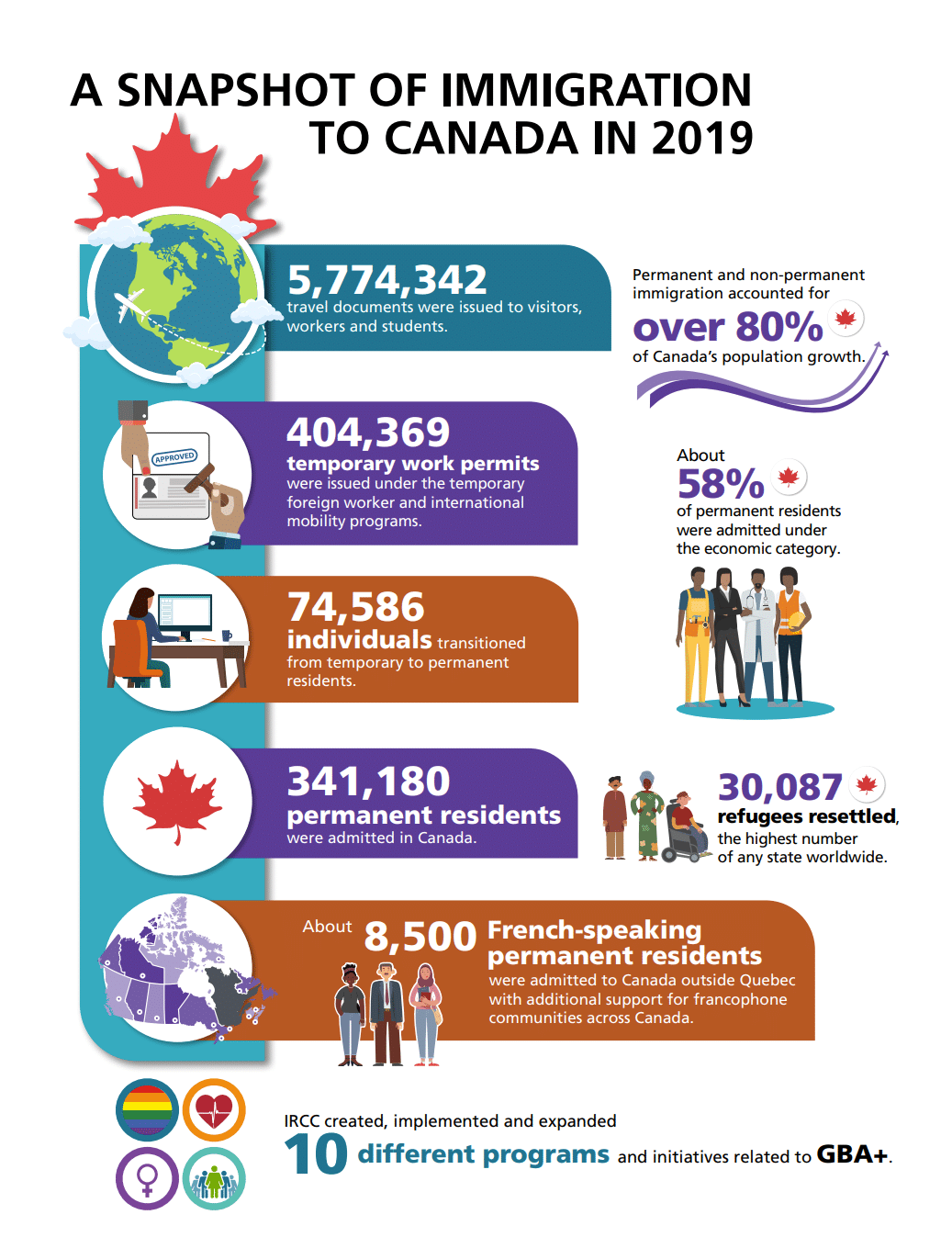
Source for all visuals: IRCC.
2) Nearly 200,000 immigrants arrived under the economic class in 2019
Canada welcomes nearly 60 per cent of its new permanent residents under the economic class. This will remain the case under the 2021-2023 Immigration Levels Plan.
In 2019, almost 200,000 immigrants were welcomed by Canada under the economic class. Of these immigrants, just over 90,000 arrived through Express Entry.
The vast majority of Express Entry immigrants landed in Ontario (71 per cent), followed by B.C. (17 per cent), and Alberta (8 per cent).
The disproportionate number of immigrants going to Canada's largest provinces is why the country has the Provincial Nominee Program (PNP). One of the PNP's goals is to encourage immigrants to settle in smaller provinces.
The PNP accounts for the majority of economic class immigration to most of Canada's provinces and territories with the likes of Newfoundland and Labrador, PEI, Nova Scotia, New Brunswick, Manitoba, Saskatchewan, Yukon, and the Northwest Territories heavily dependent on it.
Overall, Ontario, Manitoba, Saskatchewan, Alberta, and British Columbia enjoyed comparable levels of PNP admissions in 2019.
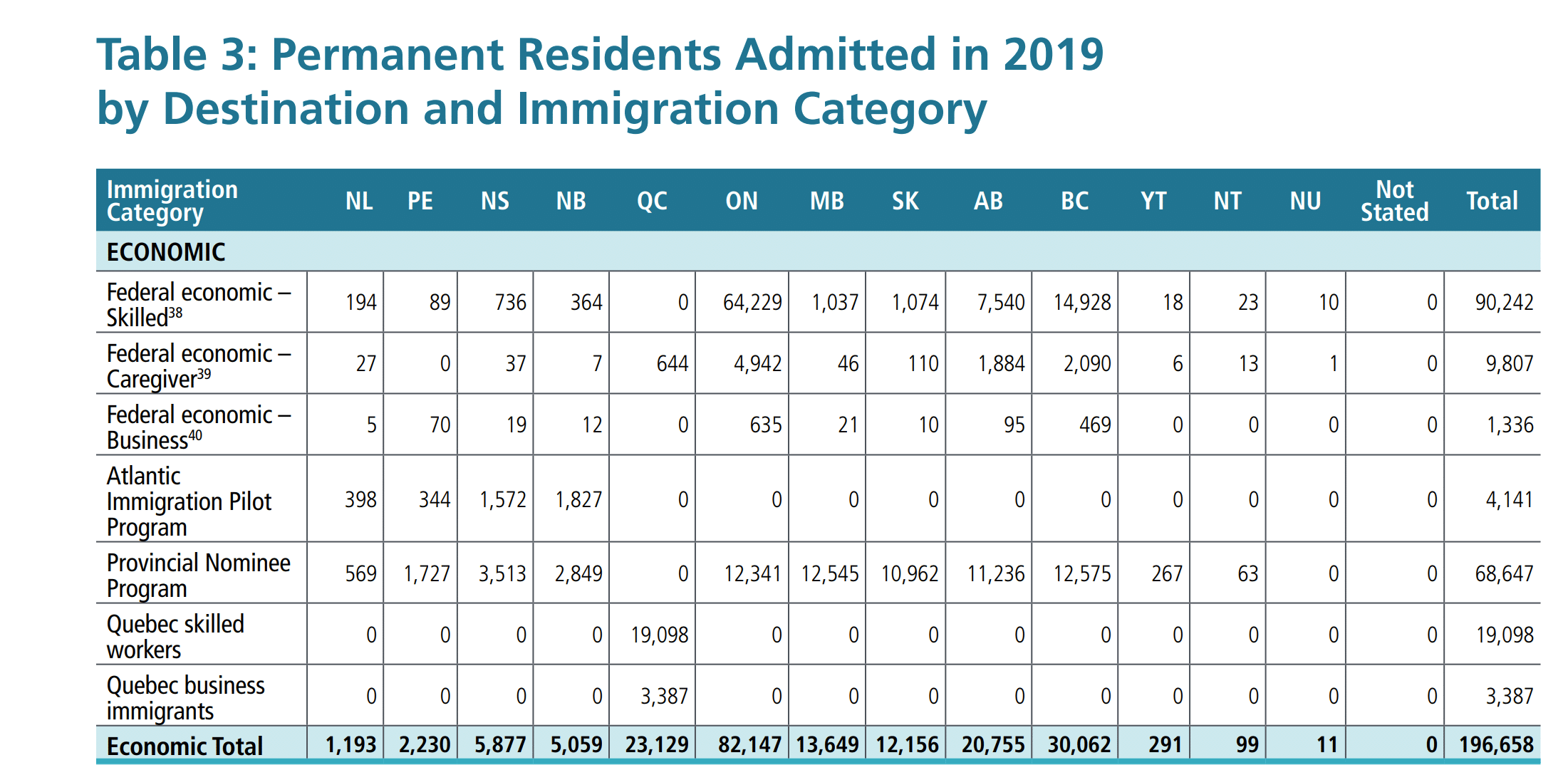
3) IRCC is tackling family class backlogs
The annual report shows the progress Immigration, Refugees and Citizenship Canada (IRCC) was making in tackling family reunification backlogs prior to the pandemic. Of the over 90,000 immigrants that arrived to Canada under the family class in 2019, nearly 90,000 came under the spouses, partners, and children category.
IRCC has a standard of processing family class applications within 12 months of being received.
The report notes that at the end of 2015, Canada had a backlog of 77,000 applications under the spouses, partners, and children category with a processing time of 21 months. At the end of 2019, this fell to 13 months.
Processing has slowed down due to the coronavirus pandemic, however IRCC announced in late-September it would aim to expedite the processing of around 6,000 spousal sponsorship applications per month until the end of 2020.
Looking to sponsor your spouse? Complete a free assessment form so we can help you!
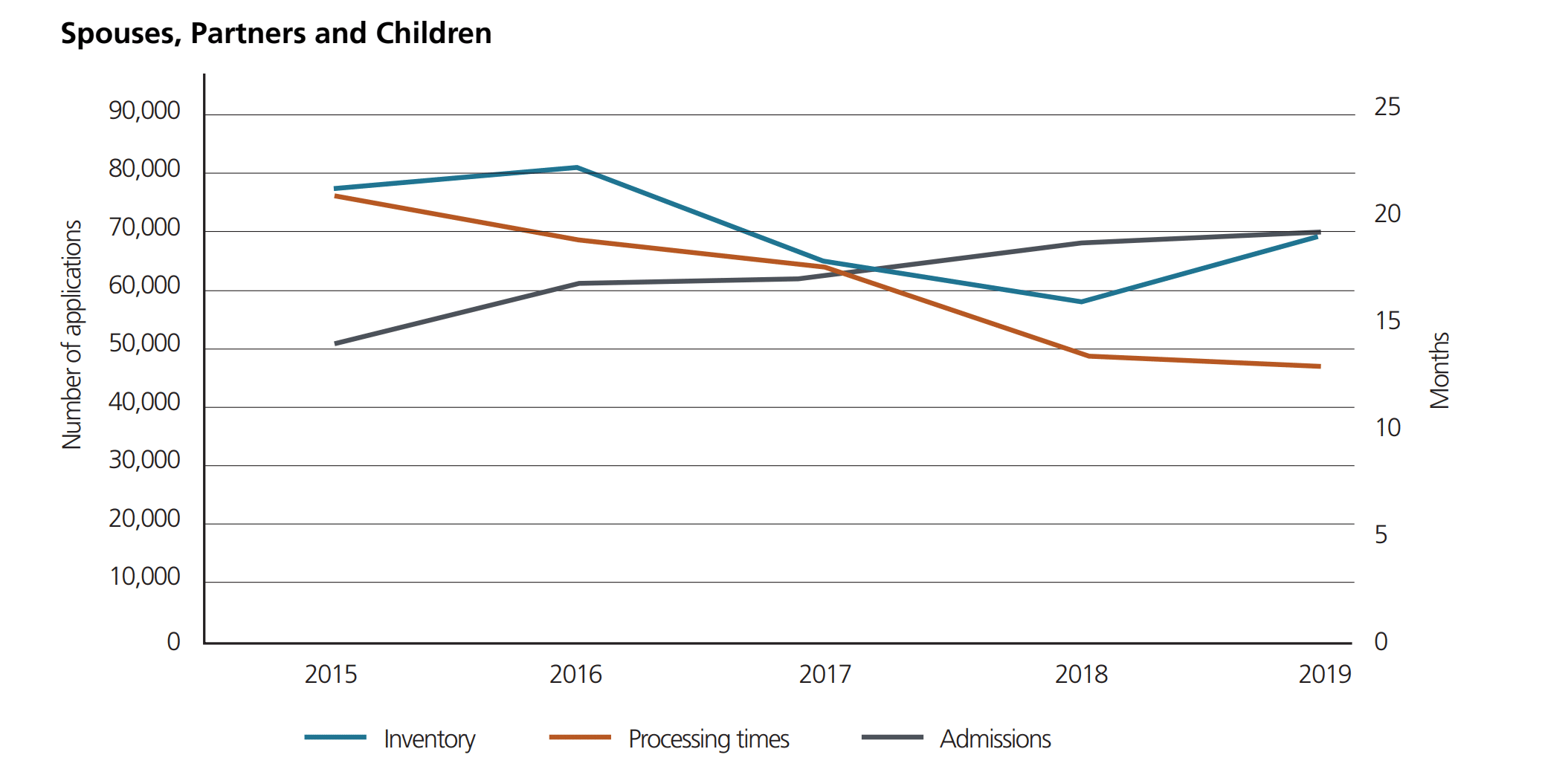
4) Canada is welcoming more Francophone immigrants
Strengthening its Francophone character through immigration is one of IRCC's key priorities. In recent decades, it has struggled to attract Francophone immigrants to communities outside of Quebec however it has increased its efforts to do so in the last few years.
Recently, IRCC made changes that will award more points to French-speaking Express Entry candidates.
Additional efforts made by IRCC include launching a Francophone Immigration Strategy, and investing more money in settlement services for Francophone immigrants. Last year saw Francophone immigration outside of Quebec increase by one percentage point, which is still low, but represents a larger increase than recent years.
Based on this rate of progress, Canada would achieve its Francophone immigration target of 4.4 per cent of newcomers to Canada settling outside of Quebec by 2023.
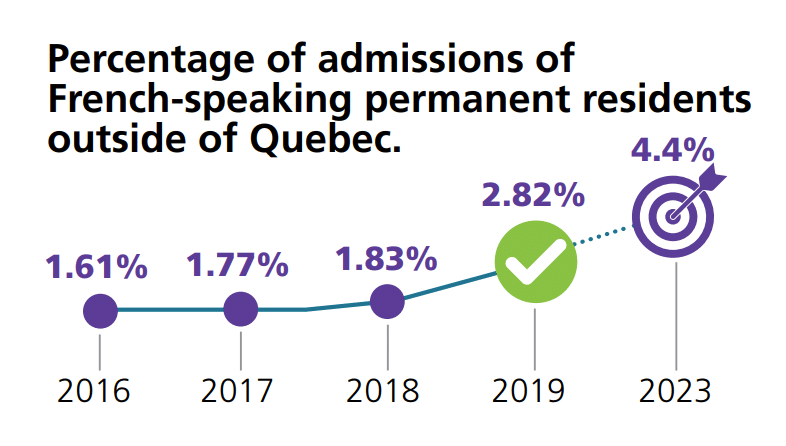
Get a free Canadian immigration assessment
© 2020 CIC News All Rights Reserved
- Do you need Canadian immigration assistance? Contact the Contact Cohen Immigration Law firm by completing our form
- Send us your feedback or your non-legal assistance questions by emailing us at media@canadavisa.com




